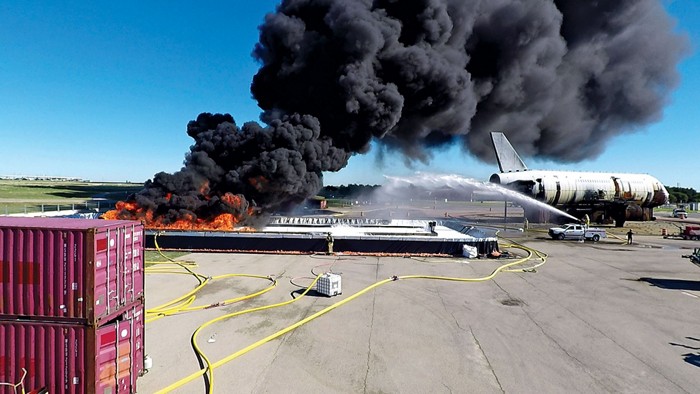Georgia Department of Public Health (GA-DPH) was not informed by Valdosta of the December 2019 raw sewage spill; so far as I know, I was the first to tell DPH, as Suwannee Riverkeeper. Lowndes County Environmental Health did then offer free water well testing, for both Lowndes and Brooks Counties, Georgia.
However, DPH itself does not test river water, and was not asked by Valdosta to help advise the public of river contamination. DPH does not have authority to compell Valdosta to test or plant warning signs. The Georgia Environmental Protection Division (GA-EPD) does have such authority.
This is all in marked contrast to the Florida Department of Health (FDOH), which was informed by Valdosta, did put out three sequential warnings, and has been testing the Withlacoochee River. Seems like we need to get some policies or laws changed in Georgia.
![[DPH was not notified of Valdosta sewage spill]](https://www.wwals.net/pictures/2020-01-07--ga-dph-vww/2020-01-07--ga-dph-vww-0001.jpg)
DPH was not notified of Valdosta sewage spill
For his speedy and informative response, I’d like to thank Continue reading

